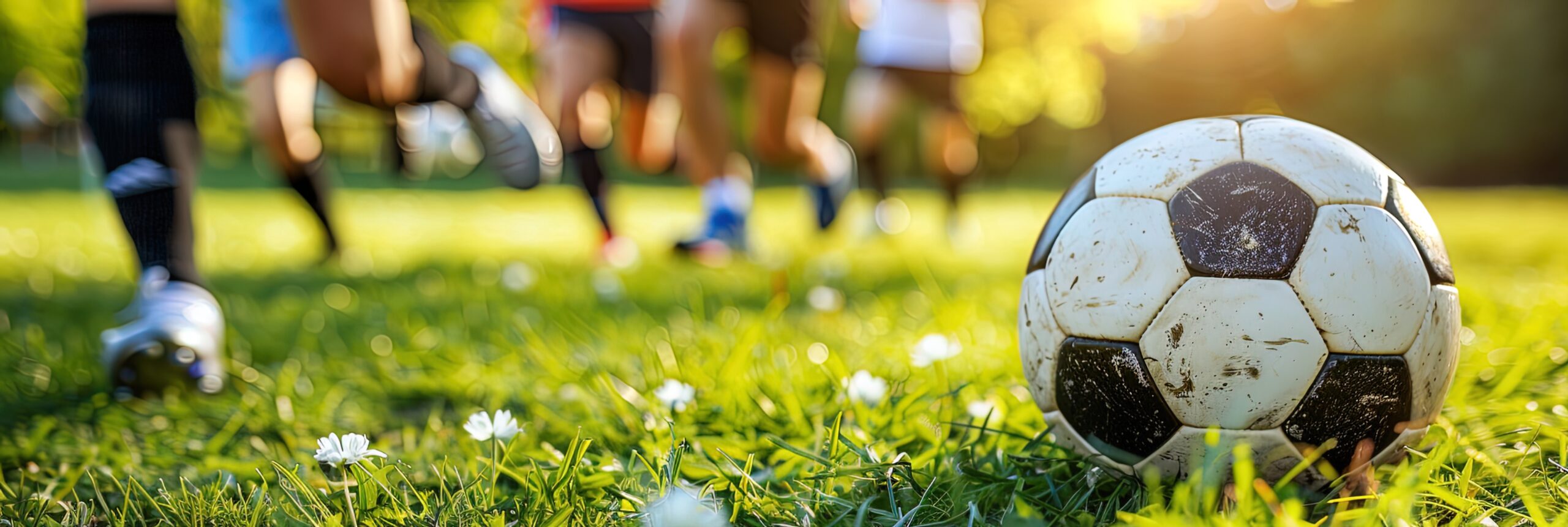Female athletes are continually pushing boundaries, achieving new milestones, and redefining what it means to excel in their respective fields. However, among the triumphs and celebrations, there lies a less discussed but crucial aspect of their journey – injuries in female athletes.
What injuries are female athletes more likely to sustain?
Risk of different injuries is affected by athletes age and chosen sport. On the whole, females are at higher risk of the following.
Bone stress fractures
Twice as likely in females compared to males. Stress fractures are particularly prevalent among running athletes as well as females with low BMI, late menarche and low bone mineral density. Prevention strategies should start early in sport participation and should include appropriate nutrition (particularly calcium and vitamin D) and management of the Triad/RED-S (see below), alongside technique training and appropriate scheduling of exercise to alleviate stress on the affected bone.
ACL injuries
Females have 1.5-2 times high risk than males. ACL injuries are more prevalent in sports with pivoting and landing, such as soccer and gymnastics. Biomechanical differences in knee anatomy and forces across the ACL, particularly when landing, increase the risk. Prevention strategies include neuromuscular and technique training to optimise control in landing and cutting movements. Adolescents who focus on one sport, should consider diversifying training across multiple sports for better overall motor and athletic development.
Concussion
Females have a 0.5-2.5% higher likelihood of concussion, particularly in collision and contact sports. It’s theorised that females have increased risk due to smaller neck size and less strength compared to head size, reducing the ability to absorb forces compared to male athletes. Prevention should focus on enhancing neck strength, stiffness and neuromuscular control to better absorb external. As well as include balance, resistance, plyometrics and controlled landing training.
Patellofemoral pain syndrome (PFPS)
Females are twice as likely to suffer PFPS due to the biomechanical differences including a wider pelvises and increased quadriceps angles, which alter the pull of the patella over the knee. Prevention and management focus on quadriceps strength training, particularly the VMO and limiting valgus forces across the knees.
Why are females more likely to suffer these injuries?
A combination of factors contributes to and may exacerbate injury risk in female athletes. The main factors thought to increase injuries in female athletes include;
- Training schedule: A training intensity, frequency or duration far exceeding an athlete’s capacity increases injury risk, particularly when there are inadequate recovery strategies in place.
- Biomechanical imbalances: Depending on the sport, both female and male athletes suffer increased injury risk when biomechanical imbalances develop and are not addressed in a timely manner.
- Hormonal fluctuations: During the menstrual cycle ligament laxity and neuromuscular control fluctuate, influencing injury susceptibility.
- The female athlete triad is the relationship between low energy availability (with or without disordered eating), menstrual dysfunction and decreased bone mineral density. The Triad increases injury risk and female athletes health overall.
- Relative Energy Deficiency of Sport (RED-S) expands on the concept of the Triad. RED-S is the inadequate energy intake to meet the demands of sport, contributing to decreased bone mineral density and increased injury risk.
Preventive Measures and Rehabilitation Strategies
Addressing each athletes’ unique needs requires a multifaceted approach encompassing preventive measures and targeted rehabilitation strategies. Tailored programs incorporating progressive loading, balance, agility, proprioception, plyometric exercises, and sport-specific drills aid in restoring function, optimizing recovery, and minimizing the likelihood of recurrent injuries. Importantly, integrating comprehensive injury screening protocols into pre-participation assessments enables early identification of risk factors and facilitates personalised intervention strategies. This is particularly important for prevention and management of the Triad and RED-S.
Many of the factors that increase injury risk in female athletes are modifiable. With appropriate recognition you can manage these factors with planned and considered training, effectively reducing your injury risk, injuries and time away from sport.
Common Medical Concerns of the Female Athlete
